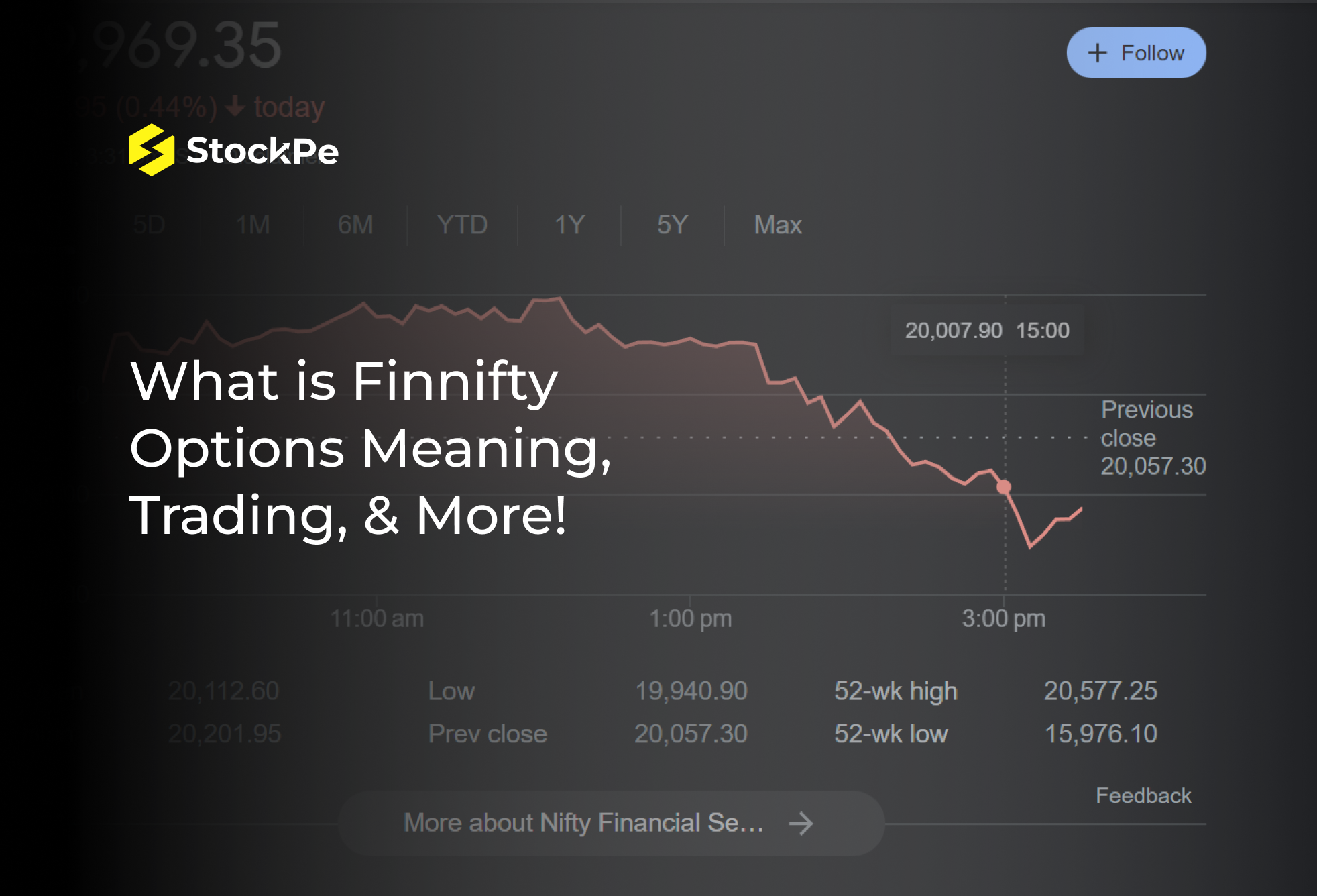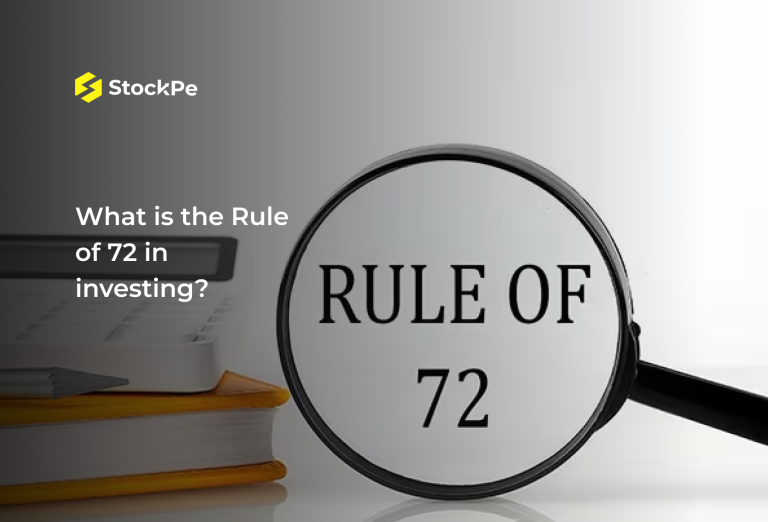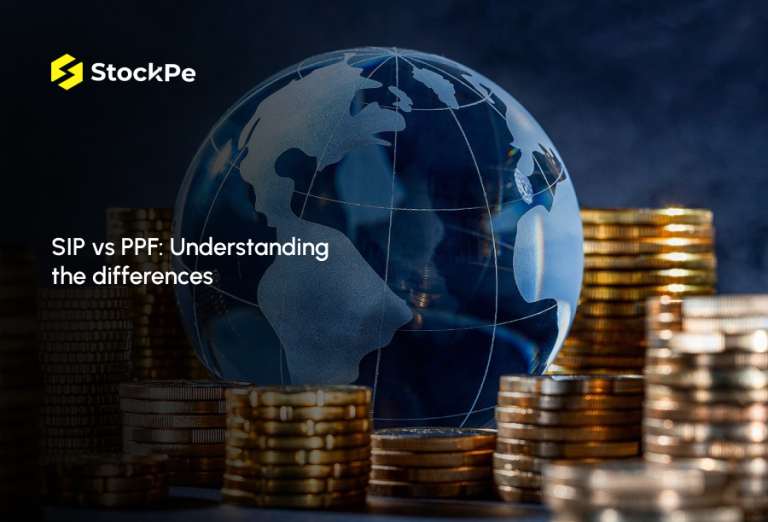Investing in the stock market might seem scary if you are a beginner. However, this journey can become easy once you understand the basics of the stock market. Knowing market volatility and different market indexes can serve as a good starter. Today, we will learn about finnifty meaning, stocks in FINNIFTY index, and investment strategies through this blog post.
This article will guide you on how to invest in finnifty, the benefits of investment, and what factors need to be considered before making an investment decision.
What is Finnifty?
Finnifty is the newly launched index by the National Stock Exchange (NSE). Launched in January 2021, this index includes 20 companies from the banking and financial sectors. By investing in this sector, investors can diversify their portfolios and manage risks. Understanding the financial performance of the firms in the Indian Financial Services is a prerequisite before investing in finnifty. The finnifty chart shows the performance of different firms listed on the finnifty index from banking, insurance, housing finance, and NBFC sectors.
How Can Companies Get Indexed on Finnifty?
To be eligible to get listed on the finnifty index, companies need to follow the guidelines mentioned below.
● The companies should be included in the Nifty 50
● The weightage of the top three stocks should not be greater than 62% at the time of rebalancing
● The average free-float market capitalization of eligible companies should exceed 1.5x the average free-float market capitalization of the smallest constituent of the index
Free-float market capitalization= Shares Outstanding*Price*Investible Weight Factors
How Can Investors Start Investing in Finnifty?
To start investing in finnifty, you must have a Demat account. You can invest in the financial sector by directly buying the shares of the listed companies. However, before investing you should carefully look at the financial performance and growth prospects of each company. To park your money in a finnifty index, you must buy the entirety of the 20 stock constitutions according to their respective weight.
Finnifty Stocks and Weightage
The pie chart mentioned below gives an overview of the stocks indexed on finnifty along with their finnifty weightage.
Benefits of Investing in Finnifty
Investing in a finnifty stocks list can help you in diversifying your investment portfolio. The benefits of investing in finnifty are:
● Transparency
You can track how the companies indexed on finnifty are performing. As the financial performance of different firms is available in the public domain, you can measure the pros and cons before investing your money.
● Liquidity
The finnifty index offers liquidity as you can easily buy and sell shares. It means you can exit your positions swiftly without impacting the market price.
● Risk management
As your portfolio is diversified, you can better manage business and financial risks. You can keep your investments immune to declining revenues, strikes, low profit margins, and declining sales volume. Before investing, properly research on finnifty stocks list.
● Better insights
Finnifty gives you a better benchmark about the finance sector. Using this benchmark you can build ETFs, index funds, and option trading strategies.
The performance of Finnifty is better than Nifty50. Since its inception, it has shown a consistent performance and given returns of 17.54% p.a. In contrast, Nifty50 offers an annual return of approximately 11% p.a.
Factors Affecting the Prices of Finnifty Shares
The prices of finnifty lot size can get affected by market conditions and economic turmoil. Here are a few factors that can influence the price extensively.
● Market sentiments
Investors drive the market sentiments. If they are optimistic about the market, it will lead to an upward price movement of stocks. However, if they are skeptical, it may lead to a fall in the stock prices.
● Global economic conditions
Different economic factors like employment rates, inflation, GDP growth, interest rates, and industrial production can influence stock prices. A positive economic condition indicates a better business environment; influencing investors to put their money in the stock market.
● Government policies
Government policies regulating the financial sector can influence finnifty share prices. Changes in tax laws or banking regulations can lead to upheaval in the finnifty lot size prices.
● Company performance
The share price of finnifty is significantly influenced by the company’s financial results and future prospects. Investor opinion and confidence in the company’s future prospects are influenced by variables like revenue growth, profitability, earnings per share (EPS), market share, and product innovation.
● Global events
Global economic downturns can also influence the share prices of the companies indexed in finnifty.
● Investor Behavior
The actions of investors, motivated by emotions like fear, greed, and herd mentality, can significantly affect stock values. Exaggerated price movements can deviate from the intrinsic worth of the company due to emotions and irrational conduct.
The prices of finnifty shares can become volatile due to changes in one or more factors mentioned above. In addition to these factors, market demand & supply, currency fluctuations, and changes in exchange rates can also affect finnifty option chain in NSE.
Final Words
Investment in the stock market is a great way to increase your wealth. With the help of ‘power of compounding,’ you can achieve financial independence. Putting your funds in finnifty stocks gives you an edge and helps you receive better returns. However, before making any investment decision, you must understand what finnifty means, the market risks involved, and ways through which you can diversify your portfolio.
FAQs
1. What is a finnifty settlement?
Finnifty settlements are done on a weekly and monthly basis. The settlements on finnifty derivatives are done in cash. For monthly contracts, the settlement is done on the last Tuesday of the month of expiry of the contract.
2. How can I buy finnifty?
You must know that you cannot buy the index directly. You have to invest in mutual funds that possess an equal weightage as that of finnifty’s results. To purchase finnifty as an index, buy the entire lot size of 20 stocks in the corresponding weightage.
3. What is the difference between finnifty and banknifty?
The difference between finnifty and banknifty lies in the number of stocks they consist of. Finnifty consists of 20 stocks from different companies across housing finance, banking, and NBFC. However, the number of stocks included in the banknifty is 12. Also, the finnifty market is less volatile than the banknifty.
4. Which stocks are included in finnifty?
Some of the companies listed in finnifty include:
● Axis Bank Ltd.
● Bajaj Finserv Ltd.
● ICICI Bank Ltd.
● Piramal Enterprise Ltd.
● Shriram Transport Finance Company Ltd.
● HDFC Ltd.
● HDFC Bank Ltd.
● Muthoot Finance Ltd.
● HDFC Asset Management Company Ltd.
● Power Finance Corporation Ltd.
● Kotak Mahindra Bank Ltd.
● Rural Electrification Corporation Ltd.
5. What are the fees for finnifty brokerage?
The brokerage charges on finnifty options and derivatives have been revised from 2nd January 2023 onwards. Now, there is an exchange transaction charge of 0.002% on finnifty futures and 0.053% (of premium) on finnifty options.





